Why Smart Creators Are Ditching Social Media for Substack
(Followers Are Dead - Here's What To Do Instead)
In this article, you'll learn:
↱ Why the "followers = success" model has fundamentally broken and what smart creators are doing instead
↱ Why Substack represents a rare early-majority opportunity that won't last forever (and how to capitalize on it)
↱ How to build a content creation system that generates unique perspectives while others struggle with blank page syndrome
Watch the video version of this article here ↴
Followers Are Dead.
That’s what Jack Conte, Patreon’s founder, said recently in an interview.
And this should terrify every creator.
Credit: Colin & Samir
Because he’s absolutely right.
The game has fundamentally changed.
Platforms are squeezing creators harder than ever, algorithms are more unpredictable, and even massive accounts are watching their businesses crumble overnight from a single update.
But while everyone else fights algorithms for scraps…
Smart creators are discovering a completely different game.
And by the end of this article, you’ll understand why Substack might be your escape route from the social media prison.
THE DEATH OF SOCIAL MEDIA
Here’s what Jack Conte really meant when he said “Followers are dead.”
You don’t own your followers anymore.
You have a relationship with the algorithm, and your followers have a relationship with THEIR algorithm.
There’s no direct connection between you and the people who supposedly follow you.
Think about it:
Platforms like Twitter and Instagram used to be simple.
You follow someone, you see their content.
But that’s not how it works anymore.
Now, the algorithm decides what your audience sees.
And it’s not optimizing for your success - it’s optimizing for platform retention.
I see creators with 100,000 followers getting 10 likes on their posts.
Meanwhile, the algorithm is training users to love the platform, not the creator.
Your followers aren’t really YOUR followers - they’re users who clicked a button once, but their attention is controlled by someone else’s AI.
But here’s what’s even worse:
Every day we’re seeing massive accounts get their reach decimated by algorithm changes.
One update, and years of audience building becomes worthless.
These platforms have shifted from helping creators find audiences to using creators as content farms to keep users scrolling.
Therefore, the traditional model of “build an audience on social media” is fundamentally broken.
But this crisis reveals something most creators are missing completely…
THE FIVE PHASES OF SOCIAL MEDIA PLATFORMS
Every social media platform follows a predictable lifecycle, and understanding this cycle is how you predict where the real opportunities are:
Credits: Matt Giaro
Phase 1: Innovation /Launch - Here platforms need content creators desperately to grow. That’s why they’ll give massive organic reach to anyone creating okay content on the platform, but they aren't enough audience to make it worth it yet.
Phase 2: Early Adopters - This is when the first wave of creators start seeing good growth because the platform still rewards early users with algorithm preference, but audience still is limited.
Phase 3: Early Majority - This is the sweet spot where the platform has a massive audience but isn’t over saturated with creators yet. Building an audience at this time is like playing on easy mode.
Phase 4: Late Majority - Competition increases dramatically, organic reach decreases, and pay-to-play models start emerging to maintain visibility.
Phase 5: Laggards - Platform is saturated. Reach is HARD. Building an audience take a long time and demands you to play the algorithm game perfectly.
TikTok in 2019, Instagram Reels in 2020, LinkedIn in 2021:
They all had their golden age.
But these platforms quickly moved to Phase 4:
Oversaturated and algorithm-dependent.
Most creators make the mistake of jumping on platforms in Phase 4, when the opportunity is already gone.
But if you can identify platforms in Phase 2 or early Phase 3…
You have an unfair advantage.
And this is exactly why Substack is different right now:
THE SUBSTACK OPPORTUNITY WINDOW
Substack is sitting perfectly in the Early Majority phase - Phase 3.
And the signals are everywhere:
Substack has over 50 million unique monthly visitors and more than 30 million monthly active subscribers, including over 5 million paid subscribers.
But here’s the key - the platform is still actively promoting new creators.
Credits: Online Optimism
The biggest signal?
Top creators like Dan Koe and Justin Welsh just migrated their entire audiences to Substack.
So even people with massive following and existing email list decided it was a worthwhile strategic move.
But let me show you what this actually means in practice.
In just 5 days on Substack, I generated 32 email subscribers directly from the platform…
And one of my notes got 176 likes in 4 days, and is still growing to this day:
For context - I’ve been active on Twitter for 6 months, grew from 50 to 950 followers, and if I'm not paying for distribution, I almost get the same reach that I had at the beginning.
With paid RTs:
Without:
That’s the algorithm prison in action.
On Substack, I’m seeing notes that were posted 7 days ago still appearing in feeds.
On Twitter, your content dies in minutes unless the algorithm chooses to resurrect it.
Plus Substack users actually READ - they’re not just scrolling for dopamine hits.
Here’s why this matters strategically:
Easy Reach: We’re in that sweet spot where the platform has a massive audience but isn’t oversaturated yet.
Owned Distribution: When someone subscribes to your Substack, you get their actual email address.
You can export your list. You OWN the relationship.
On the other hand, you can't export your X followers of Youtube subscribers.
Built-in Growth Tools: The platform has recommendation features and cross-promotion opportunities that actually work FOR creators, not against them.
Quality Audience: Substack readers are there to read long-form content and learn. These are exactly the people you want in your ecosystem.
Therefore, this represents the kind of early-mover advantage that can accelerate your creator business by years.
But here’s what you need to know before you make the jump…
THE BUSINESS INTEGRATION REALITY
Let’s be real about the challenges you’ll face making this switch.
First, Substack essentially forces you to treat their platform as its own ecosystem.
This means if you already have an existing business setup, you’ll end up managing dual email lists - your Substack subscribers and your main business email list.
For example:
I had to change all my website opt-ins to redirect to Substack sign-ups.
But now people joining through my lead magnets aren’t automatically subscribed to my Substack newsletter. It creates complexity in your funnel.
You’ll also lose some marketing automation options.
Substack’s email tools are powerful for publishing, but they’re not designed for complex sales sequences or product launches like dedicated email platforms.
However, there’s a workaround:
You can set up automation to add your Substack subscribers to your main email list, essentially turning Substack into a powerful email generation machine for your broader business.
The platform dependency issue is real too.
Yes, you own your subscriber emails, but your discovery and growth still depend on Substack’s algorithm and features.
So I won’t lie to you - there are growing pains.
Especially if you are already an established creator.
But every major platform shift comes with friction, and that friction is exactly what creates opportunity for those willing to move first.
So let’s talk strategy…
THE SUBSTACK GROWTH STRATEGY
Here’s the actual day-to-day system that’s working on Substack right now:
1-3 Notes Daily:
These are like tweets but with longer lifespans.
Unlike Twitter where your content dies instantly, Substack notes can get engagement for days or even weeks.
Focus on insights, questions, or behind-the-scenes moments that showcase your thinking.
Substack also allows more room for authenticity and deeper subjects than X imo.
1 Newsletter Weekly:
This is your owned distribution.
Longer-form content that provides deep value.
Each newsletter should solve a problem or provide a fresh perspective your audience can’t get elsewhere.
Meaningful Engagement:
Spend 15-20 minutes daily genuinely engaging with other creators’ content.
Not like-farming - actual thoughtful comments that add value to conversations.
The platform has built-in growth mechanics working in your favor.
Cross-recommendations between newsletters, the ability for readers to easily share your content, and the explore feed that actually showcases new voices.
But here’s what most people don’t understand about long-term success on ANY platform…
The creators who win aren’t just good at gaming algorithms - they consistently produce content that people actually want to read.
And if you’re a newer creator, this is where most people get stuck.
Because how do you know what to write about?
How do you develop unique perspectives worth following?
This brings up the biggest challenge new creators face…
THE CONTENT CREATION ADVANTAGE
Most beginner creators struggle for one simple reason:
They don’t know what to write about, and when they do write, it sounds like everything else out there.
But there’s a systematic solution to this problem:
Building what I call an AI-powered Second Brain.
A thinking system that helps you develop unique perspectives and create high-quality content at lightning speed.
And the best way to build one ?
Is to use Kortex - Dan Koe’s own AI-powered Second Brain app.
Step 1: The Zettelkasten Method:
Instead of collecting information, you create permanent notes that capture your personal insights and reactions.
These aren’t just highlights - they’re your unique takes on ideas.
I have a collection of more than 400+ Permanent Notes inside my Kortex, allowing to easily reference and connect ideas in novel way when I'm creating.
» Click here if you want to learn more about my Zettelkasten System inside Kortex
Step 2: Connection Building:
Kortex lets you link notes together like Obsidian. But without the need for complex technical setup for it work.
And when you connect seemingly unrelated ideas, you generate novel perspectives that others miss.
Step 3: Multi-Pane Referencing:
You can have multiple documents open simultaneously with AI chat integrated.
This means you can reference your entire knowledge base while creating content in real-time.
Step 4: AI-Enhanced Creation:
The embedded AI can access any of your notes as context.
So instead of starting from scratch, you’re building on your accumulated insights and unique perspective.
This system allows me to create high-quality content very quickly instead of staring at a blank page for days.
But more importantly, everything I create is authentically mine because it’s built on my personal knowledge foundation.
Therefore, while other creators are struggling with what to write about, you’re developing a systematic approach to generating unique insights.
And as AI-generated content floods platforms, this authentic perspective becomes your most valuable asset…
THE COMING PLATFORM CYCLE
Here’s what I predict happens next:
This Substack opportunity won’t last forever.
Just like every platform before it, Substack will eventually hit saturation.
The early majority phase will shift to late majority, reach will become harder, and algorithms will get more restrictive.
It’s the inevitable cycle - Twitter, Instagram, TikTok, LinkedIn - they all followed the same pattern.
Within 18 months, creators who don’t make this transition will find themselves fighting for scraps on oversaturated platforms while early Substack adopters will have built inescapable advantages.
But the creators who win long-term aren’t the ones who chase every new platform.
They’re the ones who use these opportunities strategically - to build ownership, not dependency.
Because here’s the deeper truth:
Platforms are just vehicles to get your work known.
Your real asset isn’t your follower count - it’s your unique perspective and your owned distribution.
With AI flooding every platform with synthetic content, authenticity, personal connection, and original thinking become your only sustainable advantages.
These are the last human moats that technology can’t replicate.
And that’s exactly why building your thinking system matters more than mastering any single platform.
If you want to start creating your AI-powered Second Brain on Kortex for free…
I’ve created Noah’s Ark Bank - a complete collection of 21+ templates, SOPs, and AI prompts designed to help you take notes using the Zettelkasten Method, create content with proven frameworks, and develop advanced AI workflows that enhance your thinking instead of replacing it.
If this perspective on Substack and creator sovereignty resonated with you:
Like this article
Subscribe for weekly deep-dives on Second Brain Systems with Kortex, blending Human & AI creativity, and achieving Purpose & Profit with your creator business.
Also, drop a comment below and let me know:
Are you ready to make the move to Substack, or are you focusing on a different platform strategy?
Thanks for reading,
And welcome back to Noah’s Ark.
Noah





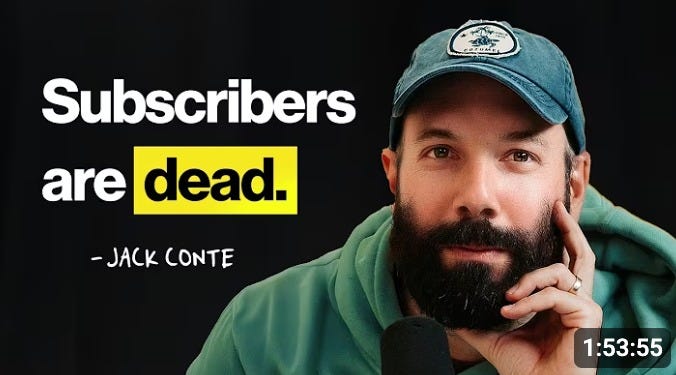
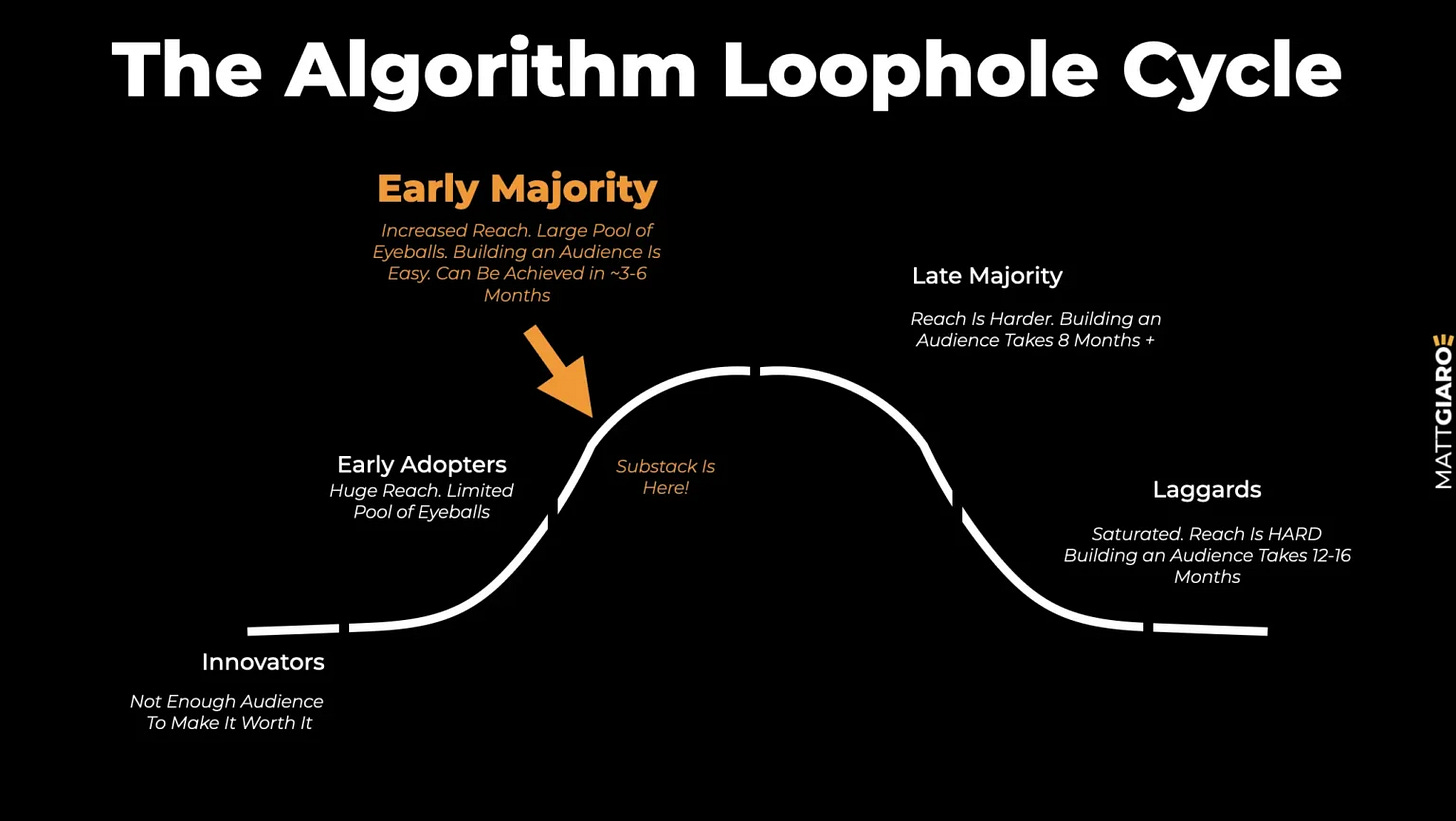
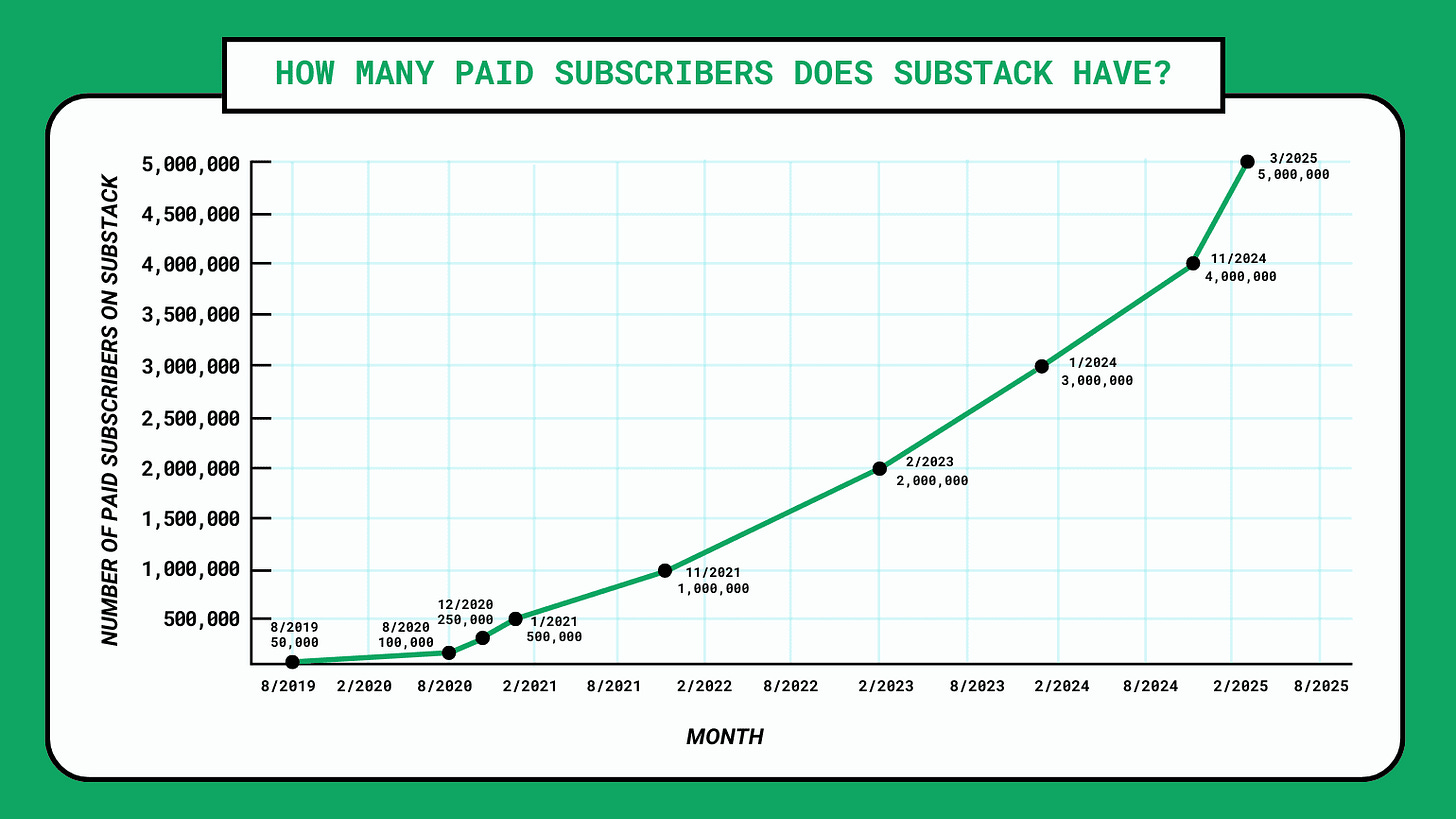
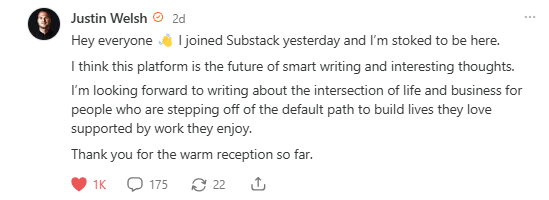
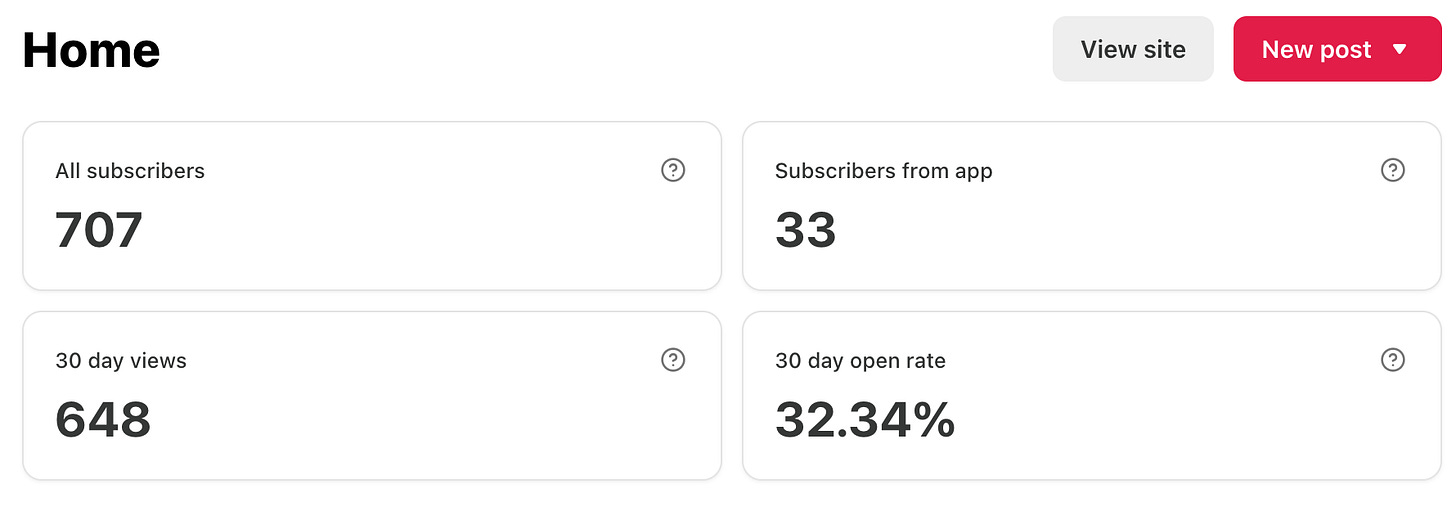
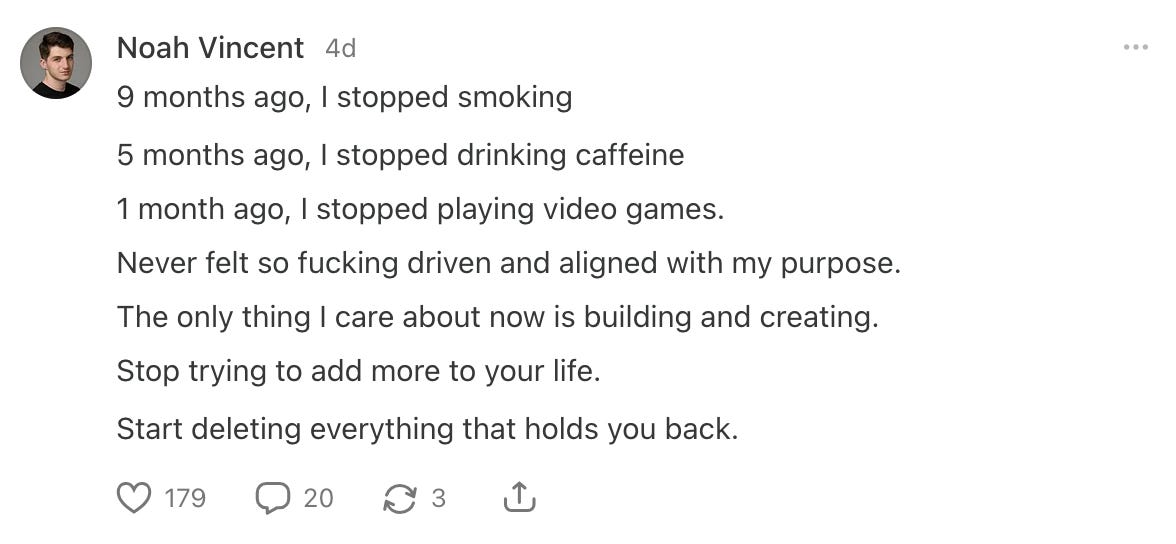
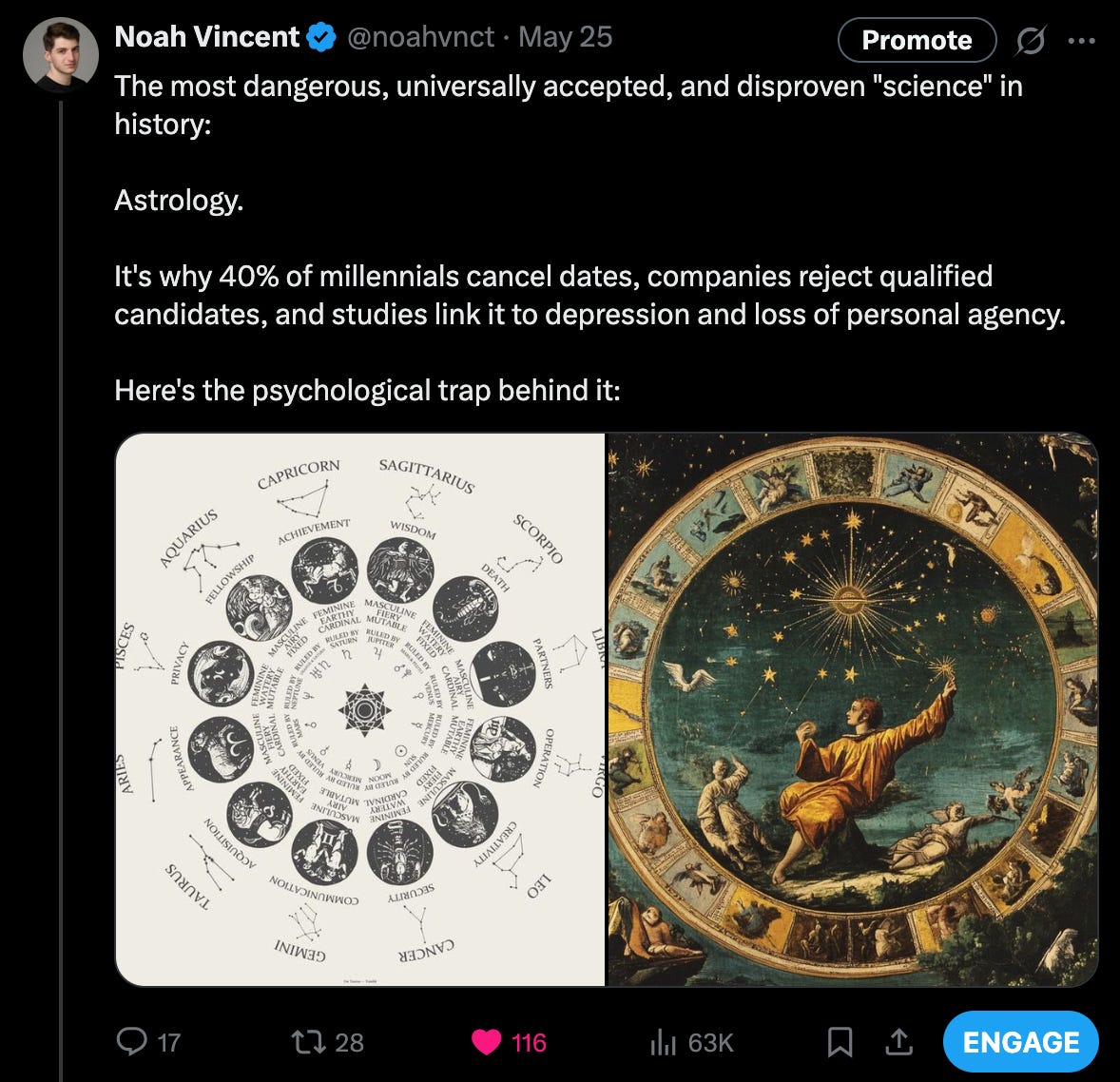
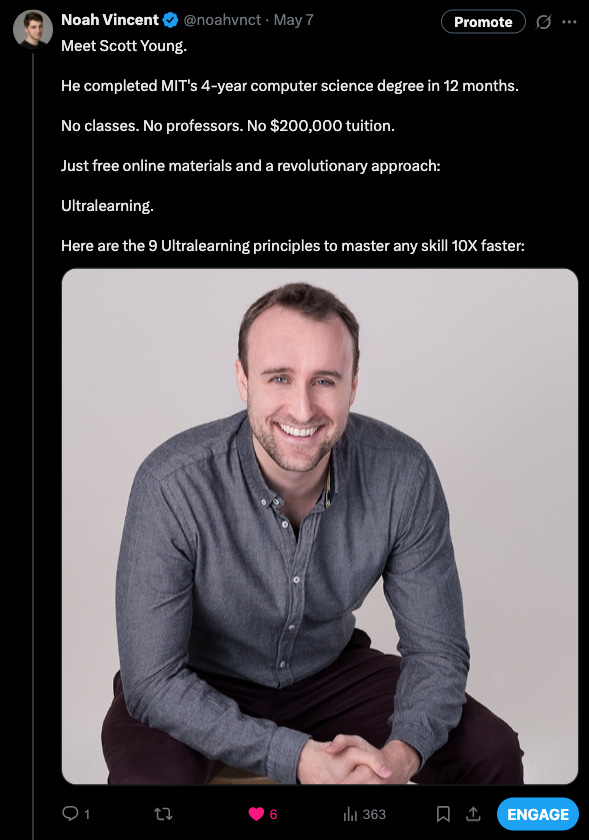

We are definitely in a sweet spot here on Substack and you make a ton of really great points. Going to give this another read through.
I know you’re biased but what’s the experience been for you with Kortex? Been following Dan’s build out for a little while.
Great piece and insights.